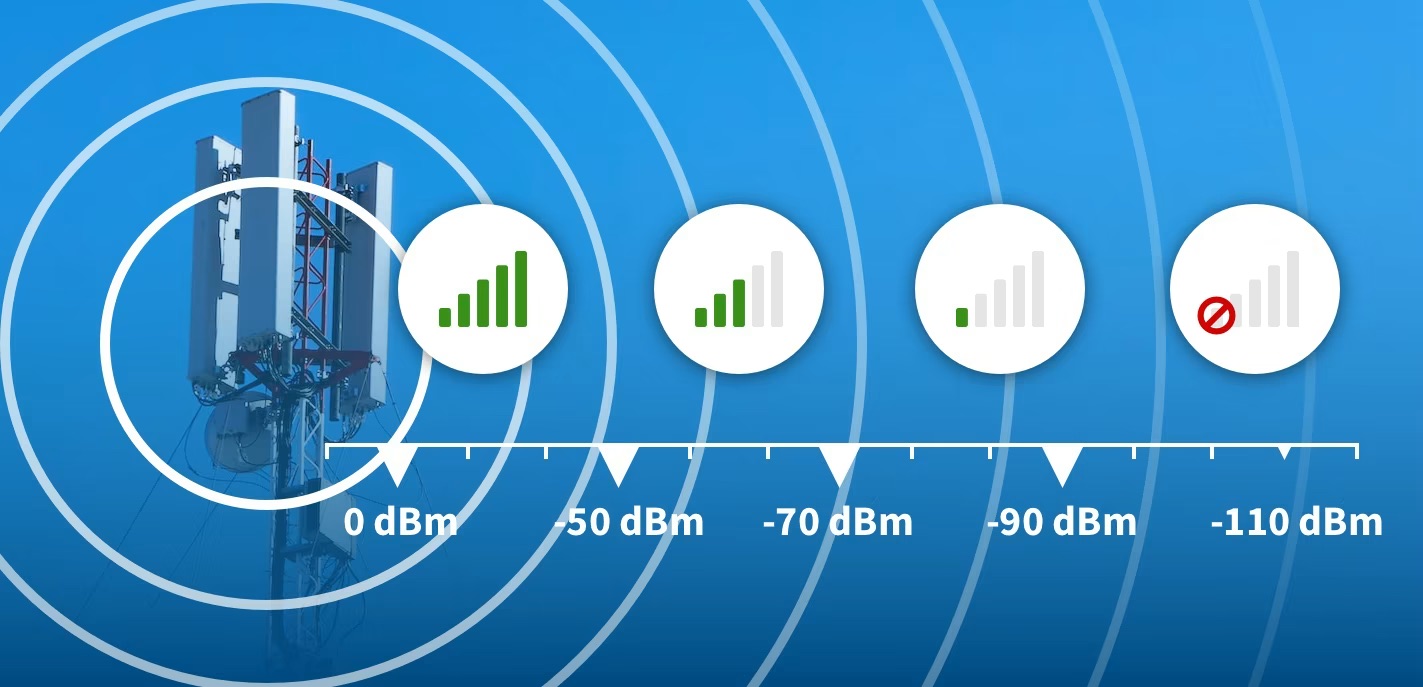
Decibels (dB) play a crucial role when it comes to signal boosters, but their significance often gets overlooked. Whether you’re choosing a signal booster or troubleshooting connectivity issues, understanding dB is essential for making informed decisions. Let’s break it down and explore why dB is the key measure you need to know.
What is a Decibel (dB)?
A decibel is a logarithmic unit used to express the ratio between two values—usually power, intensity, or amplitude. Unlike linear measurements (like inches or pounds), dB uses a logarithmic scale, meaning that every 10 dB increase corresponds to a 10-fold increase in power.
Some key dB concepts include:
- 0 dB represents a reference point, not zero signal.
- +3 dB means the signal is about twice as strong.
- +10 dB means the signal is 10 times stronger.
- -10 dB means the signal is 10 times weaker.
Why dB Matters for Signal Boosters
Understanding dB is vital when selecting and using signal boosters for several reasons:
1. Gain Measurement
The primary function of a signal booster is to amplify signal strength, which is measured in dB. For example, when a manufacturer advertises a “65 dB gain,” it means the booster increases the output signal by 65 dB—a massive boost of over 3 million times! This level of gain can be crucial when dealing with weak signals, especially in remote areas.
2. Signal Loss Calculation
Signal loss is also measured in dB. Cables, connectors, and walls all contribute to weakening the signal. For instance, a high-quality cable might lose 0.5 dB per 10 feet, while a thick wall can cause 10-30 dB of signal loss. Understanding these values helps you determine what strength of booster you’ll need to compensate for such losses.
3. Signal Strength Interpretation
Cellular signal strength is typically measured in dBm (decibels relative to one milliwatt). Here’s a basic guide:
- -50 to -70 dBm: Excellent signal
- -70 to -90 dBm: Good signal
- -90 to -100 dBm: Poor signal
- Below -100 dBm: Very poor or no usable signal
For example, improving a signal from -100 dBm to -90 dBm (a 10 dB improvement) can be the difference between having no service and having functional service.
4. Avoiding Oscillation and Interference
Too much gain from a booster can create feedback loops (oscillation) or cause interference with the cellular network. This is similar to a microphone and speaker affect when they get too close causing that horrible echoing noise. To avoid this, most boosters have automatic gain control that limits amplification to ensure the signal doesn’t exceed acceptable levels and cause network disruptions but also lowers the signal that a booster can broadcast
Real-World Impact
To put dB into perspective, imagine a rural area where the outdoor signal is -95 dBm. A booster with 65 dB gain could theoretically produce an indoor signal of -30 dBm, which could be much stronger than necessary. This is why high-quality boosters adjust their gain to optimal levels, ensuring powerful yet stable connections.
Choosing the Right Booster
When shopping for a signal booster, keep an eye on these dB-related specifications:
- Gain (dB): Higher is generally better, but must be appropriate for your needs.
- Downlink/Uplink Power: Maximum power output, usually measured in dBm.
- Noise Figure: Lower is better, indicating minimal noise added by the amplifier.
Conclusion
Understanding dB is essential when selecting and using signal boosters. The logarithmic nature of dB explains why small changes in these measurements can significantly impact performance. By focusing on the dB specifications of signal boosters, you can ensure you select equipment that provides the best signal amplification without causing interference or instability.
Next time you see a+3 dB improvement advertised, you’ll understand it’s the equivalent of doubling the signal power—an enhancement you’ll definitely notice!




